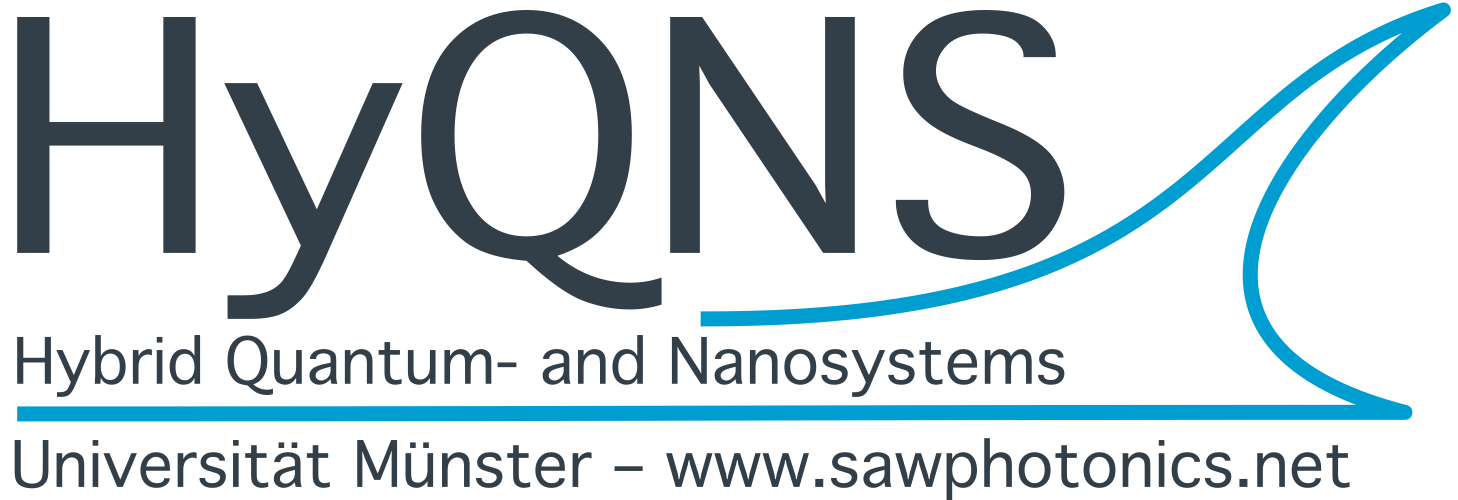
QUASAR - Quantum Acoustics with Semiconductor Artificial Atoms
Collaboration partners:
Daniel Wigger (Trinity College Dublin), Pawel Machnikowski (Wroclaw University of Science and Technology)
Michael Choquer, Galan Moody (UC Santa Barbara)
For future quantum technologies no isolated approach meets all the stringent criteria for practical devices. Here, hybrid quantum systems step in and combine complementary strengths of dissimilar single systems, while at the same time avoiding their individual shortcomings. The central objective of our project is the proof of principle demonstration of such a hybrid quantum platform utilizing the three best known excitations in solid state physics: Sound, charge and light. In practice we will develop an interface between surface acoustic wave (SAW) phonons, single semiconductor quantum dot (QD) excitons and photons. Bringing this platform from the semiclassical to the full quantum regime is a key step towards future hybrid quantum technologies and applications.To reach this goal we combine our experimental and theoretical expertise to realize a comprehensive toolbox by tackling three research task each focussing on an individual building block but all being interconnected: (1) We will develop theory and experiment for studying the coherence between different phonon sideband channels of the scattered light in the single-photon regime. The development is based on our existing well functioning resonance fluorescence technique and it will extend our existing knowledge about the fundamental coupling mechanism between the acoustically modulated QD and photons. This newly developed interferometry tool will be used in all other tasks. (2) We will explore the QD-SAW-light coupling in acoustic resonators of various geometries. The use of such resonators allows to increase the SAW’s coupling efficiency, reaching parameters that are not accessible in unstructured systems. We will develop specific resonator designs bringing together numerical simulations and cutting-edge material processing to deliberately control the acoustic properties of our resonators. (3) The final task is the joint experimental-theoretical study of the phonon-QD-photon interaction in the quantum regime. To reach this limit an acoustic resonator has to be cooled to its quantum ground states, which will ultimately allow single phonon control allowing reciprocal quantum transduction between the phononic and photonic domains. Here the previously gained insight into the resonator performance is of key importance and will help to thoroughly explore the classical to quantum boundary.Each stage of the project brings innovation to the research field, as new theoretical approaches and experimental techniques will be developed. These will not only push our considered approach for an hybrid quantum platform based on phonons, excitons and photons, but will also trigger other concepts that could for example utilize magnetic excitations in the form of magnons.
The German part of this project is funded by the Deutsche Forschungsgemeinschaft (DFG, German Research Foundation) - 465136867.


